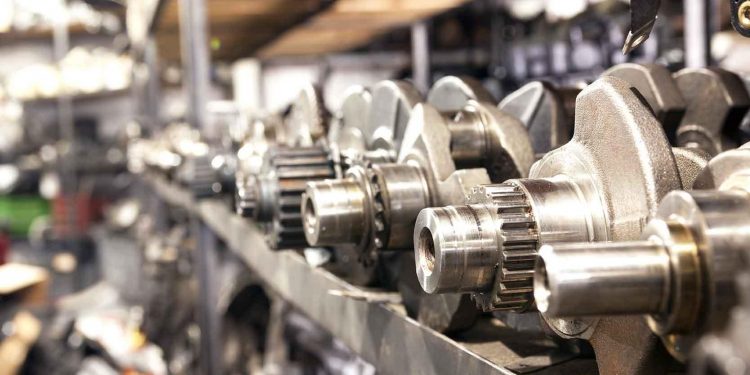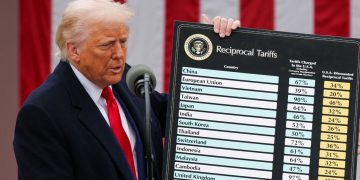Sarit Kumar Rout
Chief Minister Naveen Patnaik is heading the government for his fifth term after an astounding electoral victory as the last Assembly election. Patnaik proved that his populism outshone anti-incumbency in the state. Many ascribe this to Patnaik’s integrity and his style of governance. Critics grumble that doles, populist measures such as Kalia, subsidized rice, self-help group movements and many other similar schemes contributed significantly to his victory. Nevertheless, both factors were noteworthy here. Barring these allegations and counter allegations, it is pertinent to focus on reviving the state economy through nuanced steps.
The performance of Odisha’s economy shows that the state has witnessed higher economic growth compared with the national average in the third and fourth terms of Patnaik. For instance, the annual growth rate was 7.02 per cent from 2011-12 to 2016-17. Beyond growth, Naveen’s regime was also known for liberating many people from the clutches of poverty; about 8 million people were pulled out of poverty during 2004-05 to 2011-12 — the sharpest decline till date.
Despite this remarkable achievement, the progress has not been uniform across social groups, especially SCs and STs, who constitute two-fifths of the population of the state. The incidence of poverty among STs was 63 per cent in 2011-12 compared with 24 per cent for OBCs and 32.5 per cent for the state as a whole. This suggests the transmission mechanism from growth to equity has been quite slow. Another critical and disquieting fact is the unemployment situation. According to NSSO data, the share of industry and service sector in total employment was 23 per cent and 21.98 per cent respectively, whereas, the share of agriculture was 55 per cent.
Service sector-led growth that the state has been witnessing for long cannot produce wider opportunity to employ additional semi-skilled or unskilled labour force in the state. We necessarily have to initiate prompt and quick measures to alter the structure of the economy from service–led growth to industry-led growth
Agriculture still engages the highest workforce when its contribution to GSDP is the lowest at about 20 per cent on average. More workers producing less has been the syndrome of agriculture. In his new regime, Patnaik, among others, should focus on creating manufacturing hubs beyond steel and aluminum and on medium and small-scale enterprises for gainfully employing the aspirational youths, de-stressing workforce from agriculture by encouraging food processing units, dairy farms and other small and medium enterprises, reducing all forms of inequality, especially among STs and SCs and fostering access to primary health and education for people.
Service sector-led growth that the state has been witnessing for long cannot produce wider opportunity to employ additional semi-skilled or unskilled labour force in the state. We necessarily have to initiate prompt and quick measures to alter the structure of the economy from service–led growth to industry-led growth. This is plausible given ample reserve of mining and minerals and promoting manufacturing sector investment, especially in small and medium sector.
Though mining sector contributes on average 7-9 per cent of GSDP, this is insufficient compared with the potential the state has to offer. The state holds 33 per cent of iron ore reserves in India. In the past few years, we have observed growth of heavy industries in the steel and aluminum sector such as Tata Steel, Bhushan Steel, Neelachal Ispat Nigam Limited, Jindal and Vedanta. These efforts, though impressive, have not been effective in ameliorating the unemployment situation of the state. It is because these large-scale industries have long incubation periods and at the initial stage employ more unskilled labour than skilled, qualified and semi-skilled workforce. Therefore, reliance on heavy industries alone may not usher in jobs. Moreover, a vision for medium and small-scale manufacturing in different sectors, considering the existing potential as well as future demand is required. Currently, the manufacturing sector (16 per cent of GSDP), relies heavily on large-scale iron and steel sector, limiting the share from small and medium manufacturing. Several sub sectors — food processing, textile, electrical and electronics, plastic and rubber, glass and ceramic are potential areas for expansion.
However, these sectors have not been given enough thrust for expansion though they have been identified long ago. For instance, in 2016-17, electrical and electronics, plastics and rubber, textile attracted insignificant proportion (5.4 per cent) of total investment in small and medium enterprise category whereas, repairing and services constituted 52 per cent. The slow growth of these units must be pondered over and operational bottlenecks in credit, marketing, and skilled manpower should be removed for encouraging these industries to expand in small-towns and urban areas of the state.
Renewed political support and continuum of policy apparatus are additional advantages to Patnaik, which, he can use judiciously to leapfrog to the next level. To transform the economy and provide sustained income, he can target enhancing the contribution of industry to at least 40-42 per cent of GSDP and increase the share of manufacturing to 20-22 per cent of the industry in the next five years.
This is doable by combining the existing focus on large-scale industries in steel and aluminum sector and renewed support for small and medium units by avoiding glitches in land acquisition, credit and marketing. Doles and welfare programmes are supportive of certain sections in the short run; but in the long run to endure their income, we need to involve them in productive economic activities.
Moreover, the state needs to generate additional income to sustain these activities as stress on state finance has already been realised. As the first small step, can we expect this budget to be growth oriented, with clear-cut intent to revive small and medium scale manufacturing?
The writer is associate professor, IIPH Bhubaneswar, and specialises in health economics, financing and policy. e-Mail: saritrout@gmail.com







































